10 Famous Architects and Their Journey to Fame
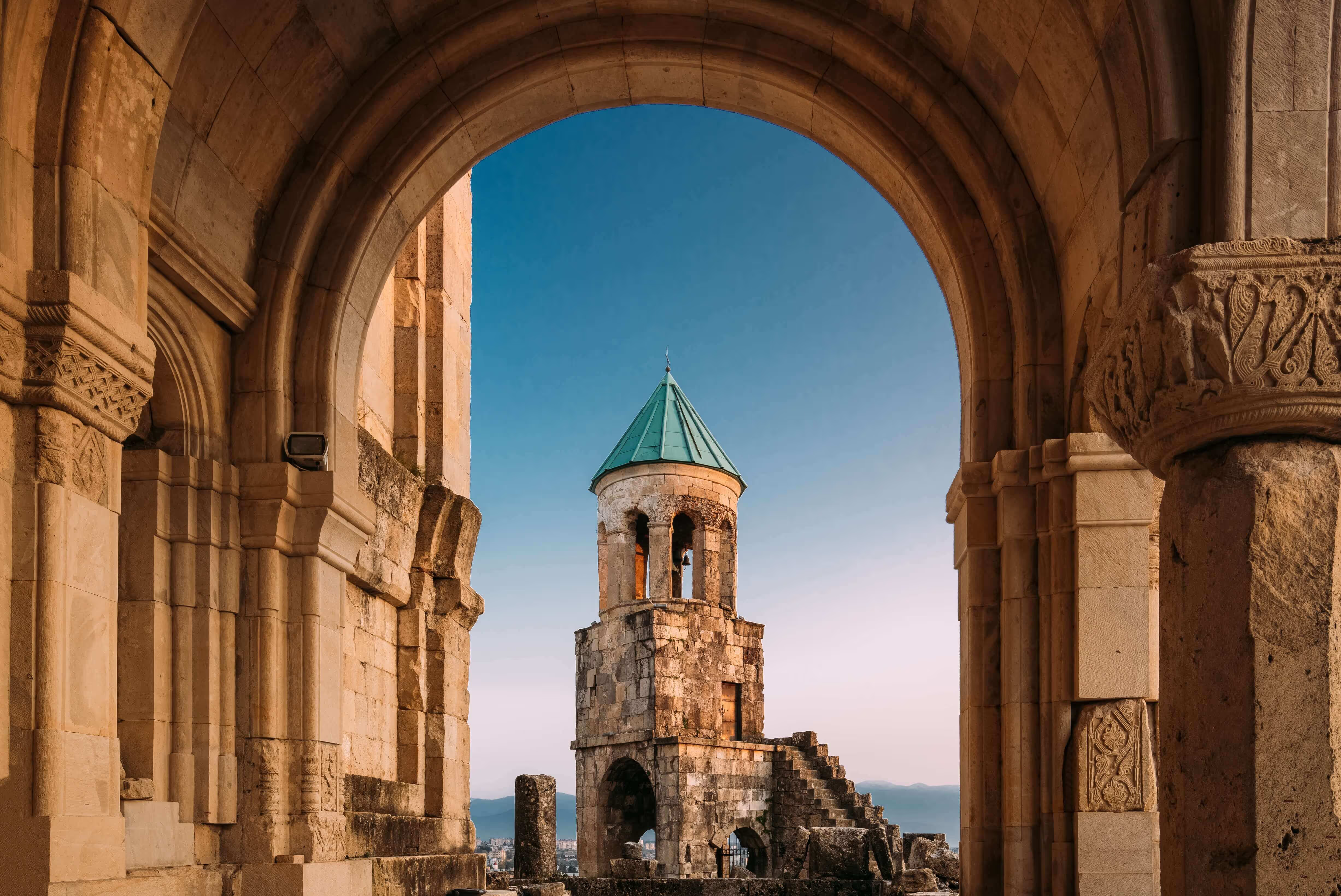
These starchitects have dared to dream differently, often ahead of their time. Explore our list of the top ten from across the globe, whom we admire for their brilliance, radical designs, and thinking.
1. Frank Lloyd Wright (1867-1959)
Frank Lloyd Wright once said, "The mother art is architecture. Without an architecture of our own, we have no soul of our own civilization." These words show how deeply he believed in the power of architecture to shape who we are.
Many people call Frank Lloyd Wright the most famous architect of the modern era. Born in 1867 in Wisconsin, USA, he grew up surrounded by lush open fields and nature. This love for nature would later become a big part of his designs.
Wright created a style known as the Prairie School of architecture. He believed homes should blend with the land around them, not stand out. That’s why he used long, flat lines and open spaces. One of his most famous Prairie-style homes is the Robie House in Chicago, which was built in 1910. It feels calm and balanced, just like the landscape it sits in.

But Wright didn’t stop there. He wanted buildings to feel like they belonged in their natural surroundings. He called this idea organic architecture. Instead of forcing a design onto a place, he worked with the environment, using natural materials and thoughtful shapes.
One of the best examples of this is Fallingwater, a house he designed in 1935. It was built right on top of a waterfall in Pennsylvania. When you look at it, it feels like the house is part of the forest and the rocks. The sound of the water, the view of the trees, everything works together. It’s one of the most loved buildings in the world.

Later in his life, Wright also designed the Guggenheim Museum in New York City. Instead of using flat floors, he created a gentle spiral that lets people walk through the museum like they’re on a smooth path. It was a bold idea, and not everyone liked it at first. But today, it’s one of the most iconic buildings in New York.
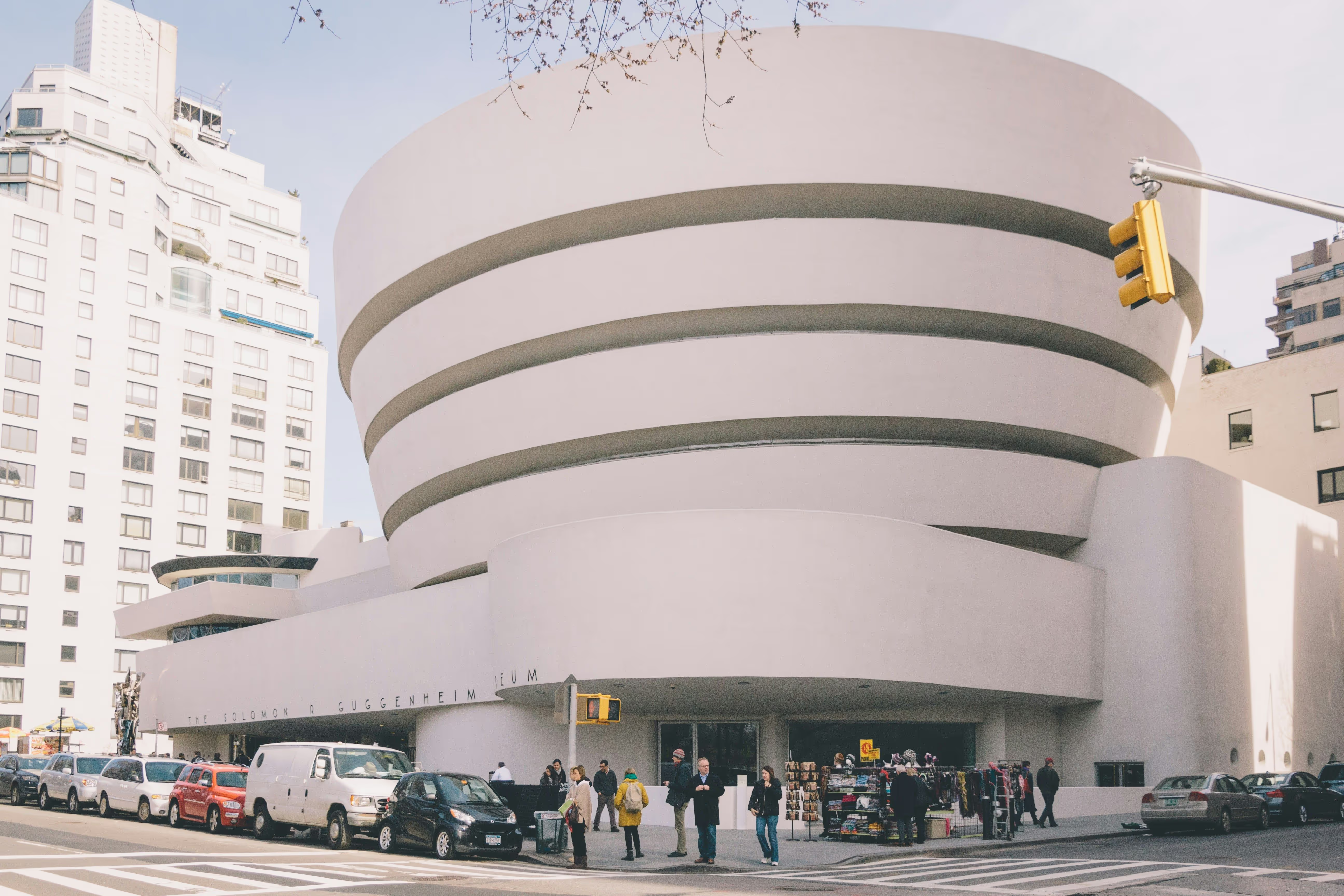
Frank Lloyd Wright’s architecture wasn’t just about walls and roofs. It was about creating harmony between people, nature, and space. That’s what makes him one of the most loved and influential architects in history.
2. Zaha Hadid (1950-2016)
“I think about architecture all the time. That's the problem. But I've always been like that. I dream it sometimes,” said Zaha Hadid. There’s something deeply moving about a mind so in love with what she does that even sleep becomes her canvas. Her words reveal not just obsession, but a kind of devotion that turns dreams into masterpieces.
Born in 1950 in Baghdad, Iraq, Zaha Hadid studied mathematics first. But her heart was always drawn to spaces and design. In 1972, she joined the Architectural Association School, London. She didn’t want to follow the old, conventional paths of design. That’s when she turned to painting to express her ideas. She was deeply inspired by Suprematism and the Russian avant-garde, where she used abstract art to push the boundaries of architecture.
The Vitra Fire Station in Germany brought her vision to life. What followed was a career of breathtaking creativity, from the flowing curves of the MAXXI Museum in Rome which she won the prestigious Stirling prize, to the wave-like roof of the London Aquatics Centre. Her buildings didn’t just stand; they danced, as The Guardian rightly quoted her as the "Queen of Curves."
.avif)
The Heydar Aliyev Center in Baku, with its smooth, rising folds, became one of her most iconic works. She won the Design Museum Design of the Year Award in 2014 for this masterpiece. It is a symbol of how architecture could feel soft and alive. Every project she touched reminded the world that buildings can tell stories.
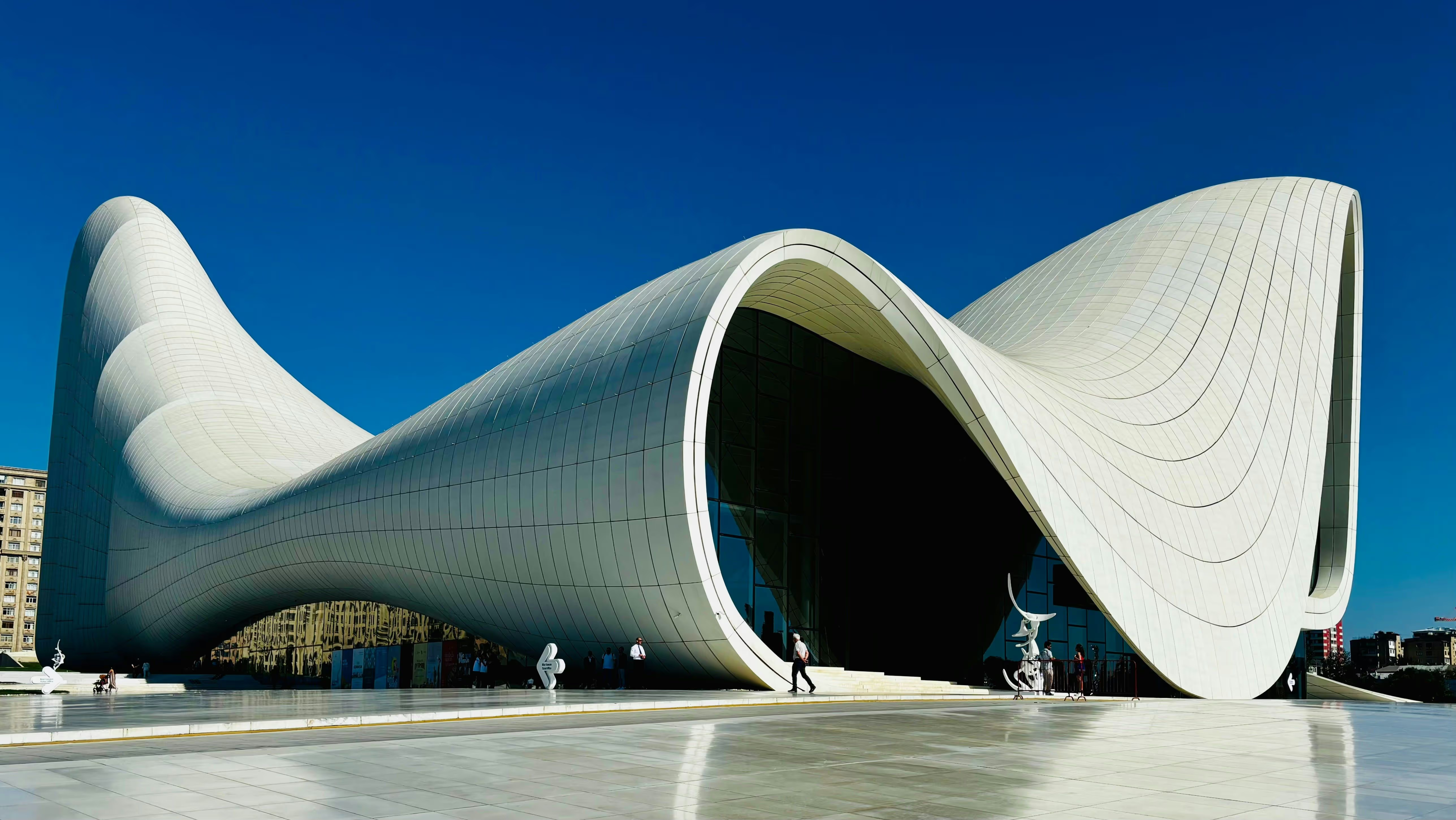
She became the first woman to win the Pritzker Architecture Prize in 2004. The Royal Gold Medal, the Stirling Prize twice, Erich Schelling Architecture Award, RIBA European Award, Thomas Jefferson Medal in Architecture, and countless honors followed. But more than awards, Zaha gave the world a new language in design.
Even after her passing, her work continues through the firm she built. It’s a quiet reminder that the future is not found, it’s shaped. And Zaha shaped it beautifully.
3. Le Corbusier (1887-1965)
“A house is a machine for living in,” Le Corbusier once said. Born in 1887 as Charles-Édouard Jeanneret in Switzerland, he made significant contributions to modern architecture in the 20th century.
He believed in creating functional spaces and often used concrete and steel in his structures. Though he was a trained artist, he was always interested in architecture and urban planning. That’s how he went on to shape homes and cities.
One of his most famous works is Villa Savoye in France, which was built in the early 1930s. It is a great example of his “five points” concept in architecture. It’s one of the most renowned examples of international style. It has a functional roof that serves as a garden and long horizontal windows for ventilation.
.avif)
Another iconic creation is the Unité d’Habitation in Marseille. It was a residential unit which also had shops, a rooftop gallery, an education facility, a hotel, and a restaurant. It is influenced by modern architecture. Using the same model, he designed many housing projects across Europe with the same name. It was added to the UNESCO World Heritage List in 2016.
.avif)
He designed the master plan for Chandigarh in India. He contributed designs for many buildings there. It is a rare example of a planned modern city. It reflected his love for structure, light, and human need.
The Pavillon Le Corbusier on Lake Zurich is the last building designed by him and his only building made of steel and glass.

Over his lifetime, Le Corbusier received many awards and global recognition. He was awarded the Royal Gold Medal by the Royal Institute of British Architects and the AIA Gold Medal, one of the highest honors in architecture. In 2016, seventeen of his buildings were listed as UNESCO World Heritage Sites.
4. Antoni Gaudí (1852-1926)
“Originality consists of returning to the origin,” said Antoni Gaudí. What drove him was his faith in God and love for nature. He believed he could glorify God through his buildings. This earned him the nickname “God’s Architect.”
One of his most famous works is the Sagrada Família in Barcelona. It looks like a fairytale castle reaching up to the sky. Gaudí spent over 40 years working on it. When he died in 1926, it was still unfinished, and the work continues to this day.

He also designed the colourful and dreamy Park Güell, the twisting towers of Casa Batlló, and the wave-like walls of Casa Milà. All of them are in Barcelona, and all of them show his love for nature and God.
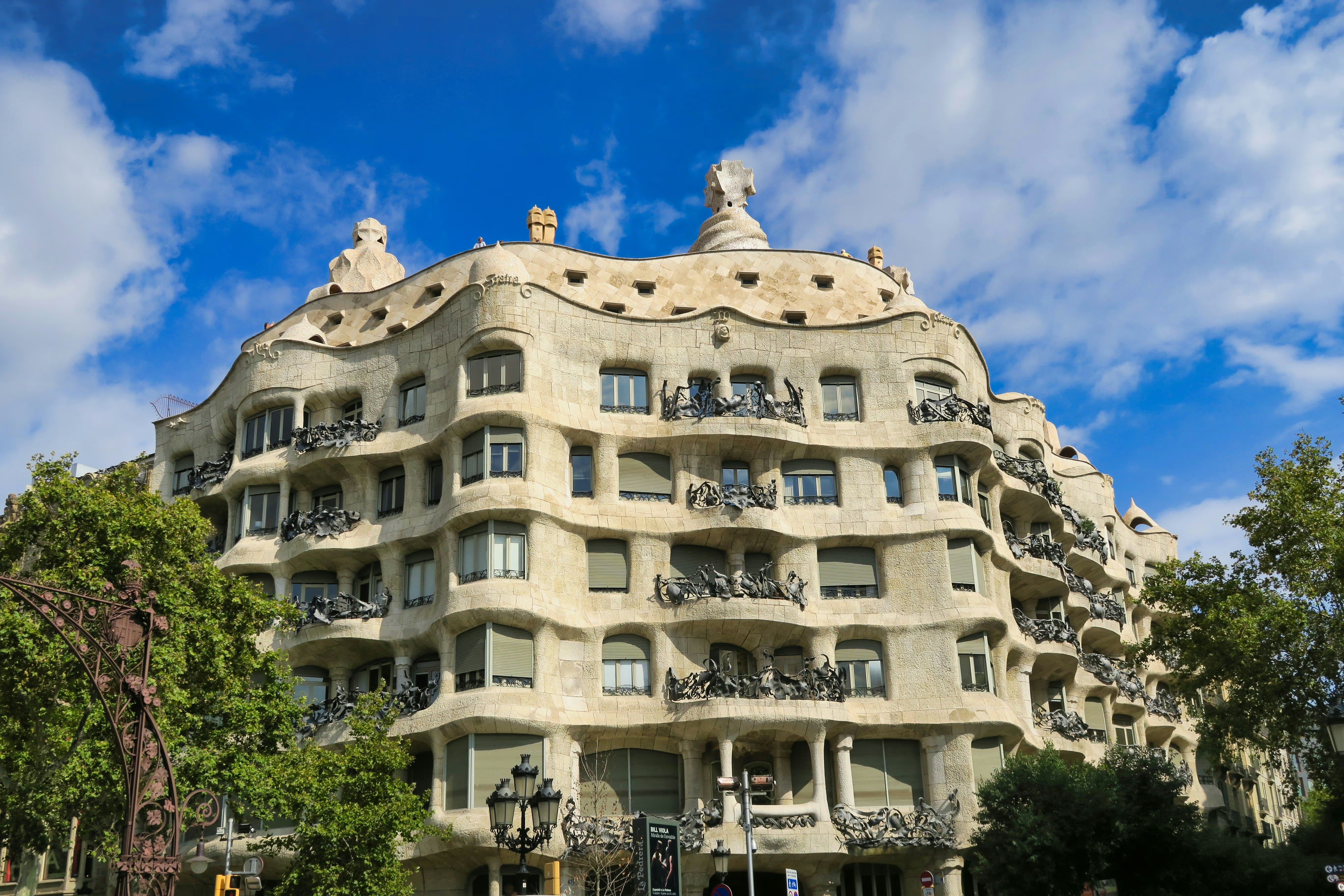
At first, the world didn’t understand his style. During the 1920s and ’30s, modern architecture was clean and simple. However, Gaudí’s work was the opposite. It was full of detail, spirit, and mystery. But in the 1960s, people began to recognize this genius.
Today, seven of his works are listed as UNESCO World Heritage Sites. He is still remembered not just as an architect, but as a man of deep faith.
5. Ludwig Mies van der Rohe (1886-1969)
“Less is more,” Mies van der Rohe once said. This idea is reflected in his designs. He believed that buildings didn’t need to be fancy to be beautiful.
Mies was born in Germany in 1886. He started his career by working with his father, who was a stone mason. Slowly, he found his path in architecture. He later moved to the United States and became one of the most important modern architects in the world.
One of his most loved works is the Barcelona Pavilion, which was built in 1929. It looks very simple, but it is known for its quiet beauty. Mies used glass, steel, and marble to create it. People still visit it today just to feel the calmness of the place.

Another great work is the Farnsworth House, built in the 1950s near a river in Illinois. You can see nature from every side of the house. Mies wanted the home to feel open and free, similar to living outdoors.
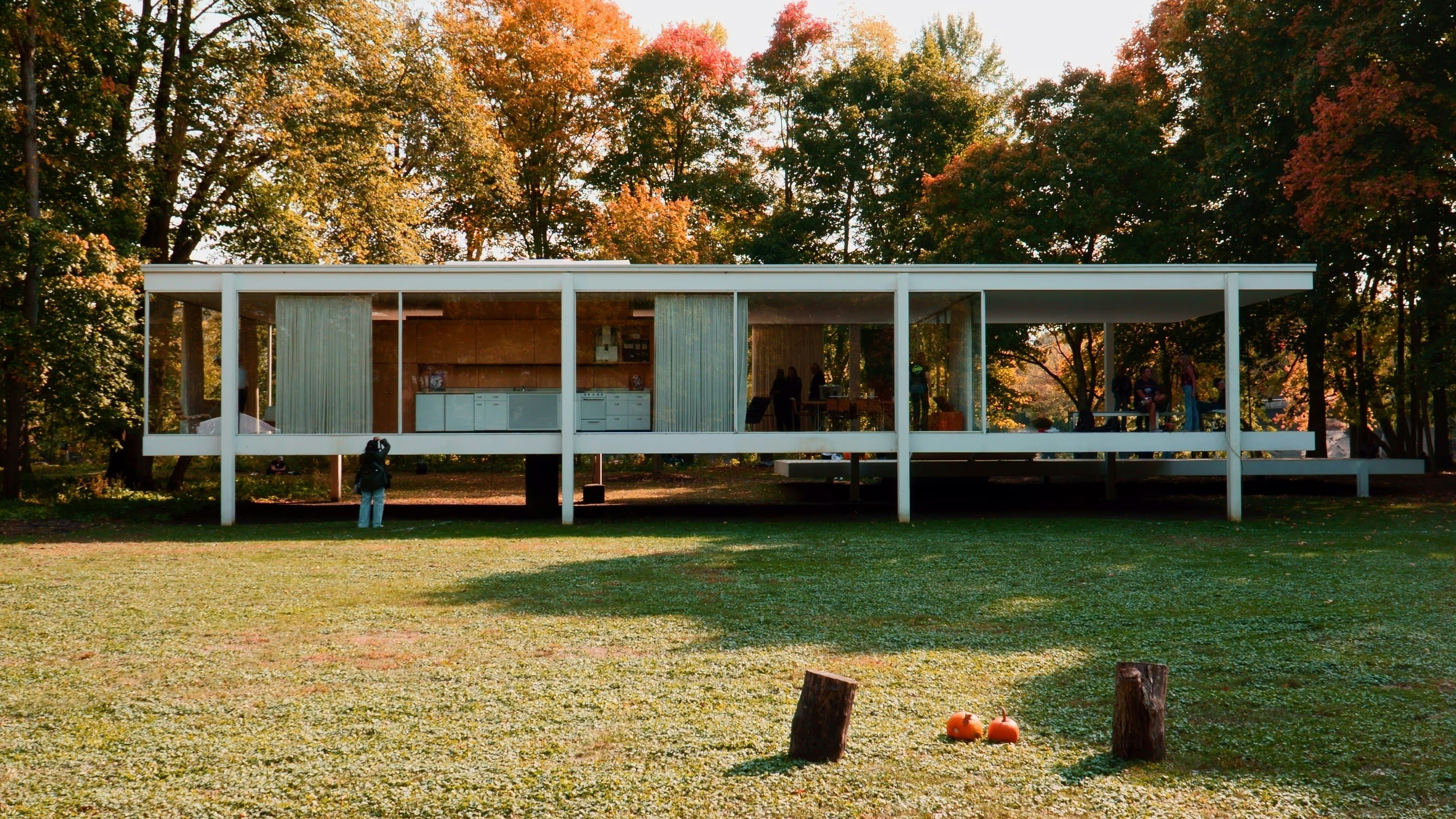
6. Ieoh Ming Pei (1917-2019)
“Architecture is the very mirror of life,” said I M Pei. He felt buildings should reflect people and their stories. Born in 1917 in China, I M Pei came to the United States to study architecture. He strived to combine modern and traditional in his work, which he called “the impossible dream.” Some of his work also showed a style called brutalism, which is raw, bold, functional, and geometrical.
One of his most famous works is the Louvre Pyramid in Paris. It’s made of glass and sits in front of the famous museum. At first, many people didn’t like it. But over time, it became loved all over the world.

Another popular work is the East Building of the National Gallery of Art in Washington, D.C. It opened in 1978 and showed how Pei could mix art, light, and structure so well.

He received many awards for his work. Some of the most special ones include the Pritzker Prize in 1983, the Royal Gold Medal, and the Presidential Medal of Freedom. Pei stayed curious and creative by designing buildings even in his 90s.
7. Frank Gehry (1926– )
“I like to push the limits.” That’s how Frank Gehry sees architecture. His approach to architecture is often called deconstructivism**.** This means, instead of traditional shapes, his work had a dynamic personality.
He was born in 1929 in Canada and moved to the United States as a teenager. He went against the conventional. He created buildings that looked like they were moving. He used irregular forms, twists, and metallics to bring his ideas to life.
He first caught people’s attention in the 1960s and 70s, not with buildings, but with furniture made from corrugated cardboard. However, his fame grew when he started building bold, flowing designs. One of these is the Guggenheim Museum in Bilbao, Spain, which opened in 1997. It looks like a ship full of curves dancing on a river.
.avif)
Another masterpiece he created is the Walt Disney Concert Hall in Los Angeles, which opened in 2003. It is well known for its swirling shapes and shiny metallic surface.

Even in his 90s, Gehry keeps designing.
8. Norman Foster (1935– )
"Everything inspires me; sometimes I think I see things others don’t," said Norman Foster. He was born in 1935 in Manchester, England. He came from a simple family and worked hard to study architecture. After studying in the UK, he went to Yale University in the US. Later, he started his firm called Foster + Partners. It became one of the most famous architectural companies in the world.
Foster is known for modern buildings made with glass and steel. His designs look simple, clean, and open. He also cares about the environment and tries to design buildings that use less energy and feel good to be in.
One of his best works is the Gherkin building in London. It has a cylindrical shape, almost like a bullet, and looks different from other tall buildings. It is made of glass and steel with diamond-shaped glass panels.

Another famous creation is the Millau Viaduct in France. It is a very tall and long bridge that looks like it's flying in the sky. He also helped design Apple Park in California, which is a round glass office building for Apple.

Foster won many big awards, including the Pritzker Prize in 1999. This is one of the highest awards for an architect. He also got the Stirling Prize and many honours from different countries for his work.
9. Balkrishna Vithaldas Doshi (1927-2023)
“Architecture is not a building, it’s a way of life.” This was the belief of Balkrishna Vithaldas Doshi, one of India’s most loved architects. He was born in 1927 in Pune and went on to work with world-famous architects like Le Corbusier and Louis Kahn. However, his work was deeply rooted in Indian culture.
He believed architecture should serve people. His buildings were filled with life, light, and respect for nature. His work was usually a mix of tradition and modernism.
One of his most famous works is Aranya Low-Cost Housing in Indore. It was built for families with low income. It was designed in a way that people had the freedom to shape and grow their homes. It's still home to over 80,000 people today.

Another well-known project is IIM Bangalore. It was built using stone walls, long corridors, and lots of open courtyards. The campus feels peaceful and natural, making it a great place for learning.

In 2018, B.V. Doshi became the first Indian to win the Pritzker Architecture Prize, the highest award in architecture. He was also honoured with the Padma Shri, Padma Bushan, and Padma Vibushan (posthumous) by the Indian government.
10. Renzo Piano (1937– )
"Everything inspires me; sometimes I think I see things others don’t." That’s what Renzo Piano once said. He sees beauty in everything, even in machines and simple materials.
He was born in Genoa, Italy, in 1937. He grew up around buildings since his family was into construction. He studied architecture and worked with famous architects like Louis Kahn. Later, he started his firm called the Renzo Piano Building Workshop.
He designs buildings that feel light and modern. He uses a lot of glass and steel. He also puts in the thought about how his buildings fit the place. He tries to make them kind to nature and people.
One of his most famous buildings is the Centre Pompidou in Paris. It looks very different with pipes and colors on the outside.

Next is The Shard in London. It looks like a sharp piece of glass touching the sky.
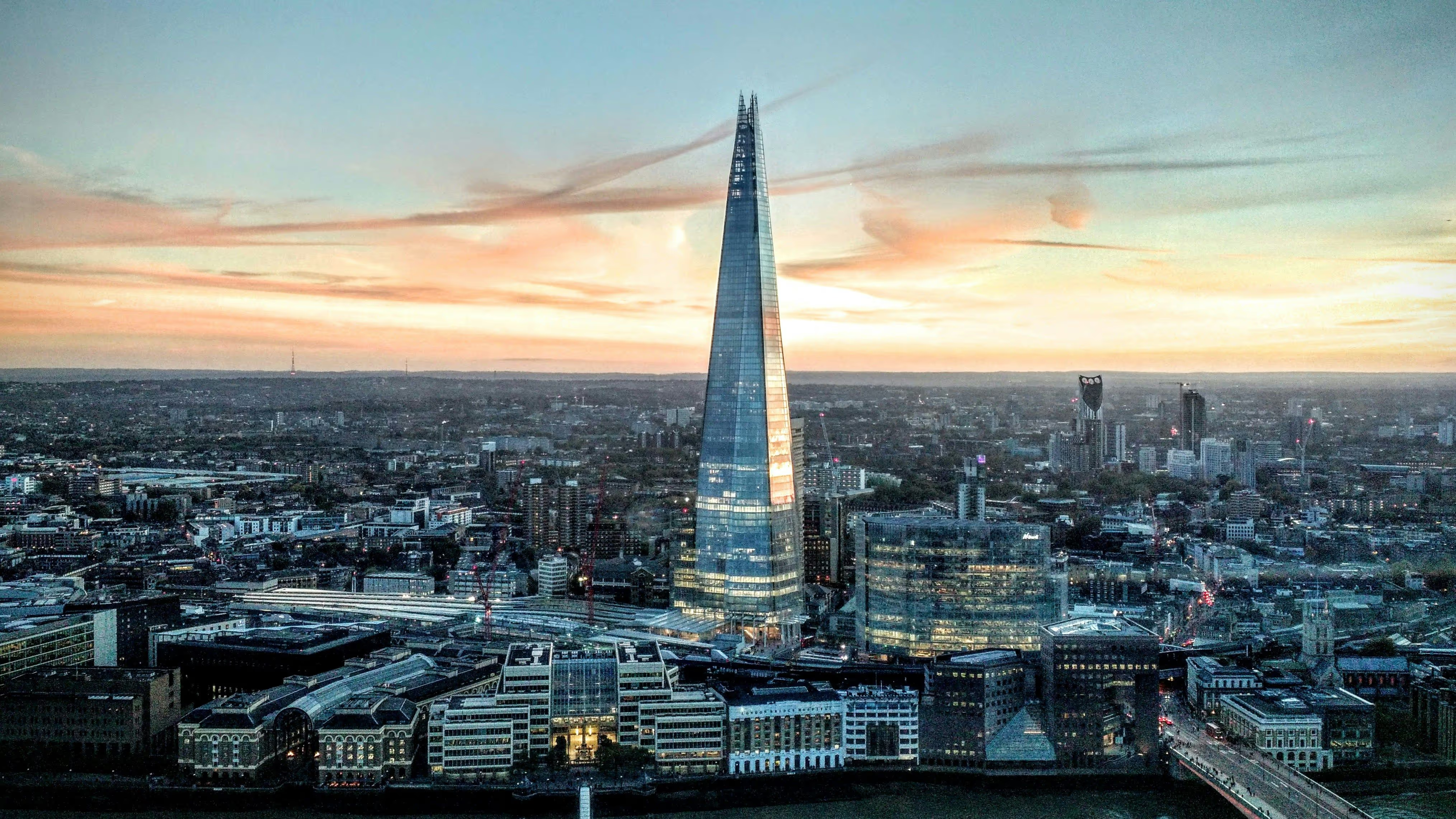
He also made other beautiful buildings like the Kansai Airport in Japan, the Whitney Museum in New York, and the California Academy of Sciences in San Francisco.
Renzo Piano won the Pritzker Prize in 1998. He also got many other awards, like the RIBA Gold Medal and the AIA Gold Medal. In 2013, he was named a Senator for Life in Italy.
Wrapping Up
Famous architects have played a big role in shaping the AEC industry. They didn’t just design buildings, they brought new ideas and styles that changed how we see and use spaces. From legends like Le Corbusier to modern names like Zaha Hadid, their work still inspires architects, engineers, and designers today. Their designs helped move the AEC world forward.



